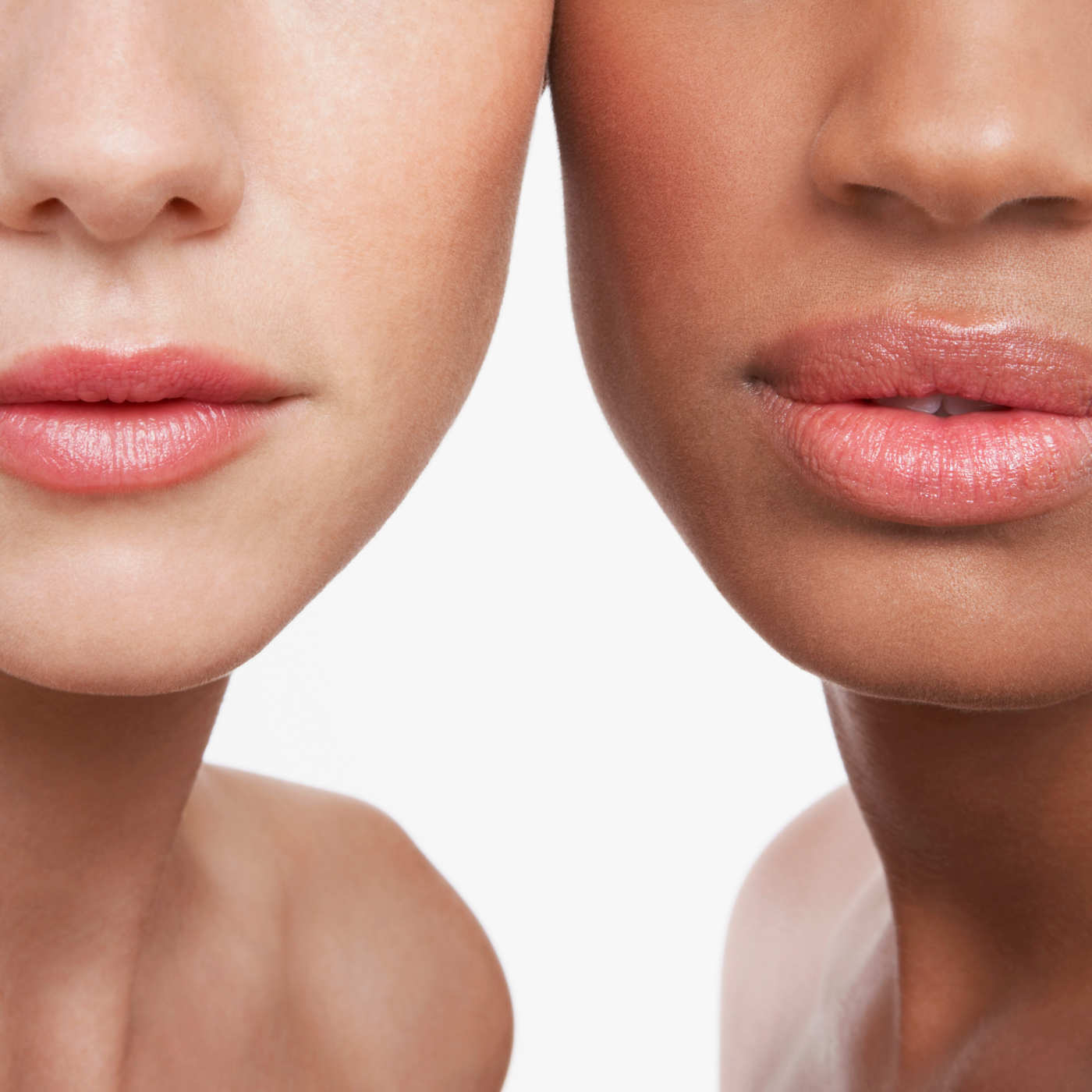Psoriasis and Keratosis Pilaris: The Difference?
Two Different Conditions Keratosis pilaris is a minor condition that causes small bumps, much like goose bumps, on the skin. It’s sometimes called “chicken skin.” On the other hand, psoriasis is an autoimmune condition that often affects more than the surface of the skin. It’s associated with psoriatic arthritis and is linked to other conditions such as heart disease, diabetes, and Crohn’s disease. Although different, both of these conditions appear in patches on the skin. Keratin, a type of protein, plays a role in both these and many other skin conditions. Keratin is important to the structure of your: skin hair mouth nails Both conditions also tend to run in families, but the similarities end there. Read on for more information on both conditions, their differences, and their treatments. What is Psoriasis? Psoriasis is one of several autoimmune disorders in which your immune system mistakenly attacks harmless substances within the body. The response, in the case of psoriasis, is your body speeding up skin cell production. In people with psoriasis, skin cells reach the surface of the skin in four to seven days. This process takes about a month in people who don’t have psoriasis. These immature skin cells, called keratinocytes, build up on the skin’s surface. From there, these cells form raised patches covered by layers of silver scales. Although there are several different types of psoriasis, plaque psoriasis is the most common. About 80 percent of people with the condition have plaque psoriasis. Many people who have plaque psoriasis also have nail psoriasis. With this condition, nails become pitted and crumble easily. Eventually, some nails may be lost. What is Keratosis Pilaris? Keratosis pilaris happens when keratin builds up in hair follicles. Hair follicles are small sacs under the skin from which your hair grows. When keratin plugs the sacs, the skin develops bumps that look like tiny whiteheads or goose bumps. Keratin is also the main meal for the fungi that cause: ringworm jock itch toenail fungus athlete’s foot Generally, the bumps are the same color as your skin. These bumps may appear red on fair skin or dark brown on dark skin. Keratosis pilaris often develops in patches that have a rough, sandpapery feel. These patches appear most commonly on the: cheeks upper arms buttocks thighs
How to Deal With Keratosis Pilaris This Winter
Our go to guide on how to deal with Keratosis Pilaris and dry skin this winter season. Raksa Skins’s range is designed to help combat such problems by not only visually calming KP but also improving your skin health with each use. Keratosis Pilaris and Central Heating If you have Keratosis Pilaris, cold weather, central heating and low humidity can play havoc with your skin. Working in a warm office, walking around air-conditioned shops, watching TV with an open fire and central heating dries the air which in turn dries your skin. Most dry skin is caused, quite simply, by your skin losing water. So, while your Keratosis Pilaris bumps need to be managed with gentle exfoliation and an Alpha Hydroxy Acid, your skin also needs a bigger daily dose of moisturisation than usual. For some with KP this can be in the form of applying lotion twice a day, others invest in an oil-rich body cream to really lock in the moisture while some just grit their teeth and wait for summer. Our advice is to look for a lotion or body cream that promises at least 12 hours of hydration, something that can pull moisture into the skin via humectants and protect your skin to stop the water evaporating in the first place. In addition, rewarding yourself at the end of a long day during dark, cold winter evenings with a hot, steaming bath is also problematic for those with Keratosis Pilaris. Hot water and most bubble baths strip your skin leaving it tight and dry.
16 Ways to Become a Skincare Expert
These days, everyone’s Instagramming their favorite serums and sheet masks, but the Cut has covered skin care since back when it was considered poor form to tell strangers about your face (and theirs) on the internet. Here’s the collective wisdom of ten years of coverage on all things skin. Whether you want to finally find the solution to acne or learn how Christine Brinkley recovered from years of sun damage, our list has it covered. 1. Listen to the Professionals The best way to become a skin-care expert is to take advice from other experts. Alina Roytberg, the co-founder of Fresh, shared her fast and efficient skin-care routine with the Cut. Glossier’s Emily Weiss taught us subtlety is key when getting, and sometimes faking, great skin. Beyoncé’s dermatologist said we should exfoliate every day to cleanse our skin properly, but that doesn’t mean we have to use harsh scrubs. And who doesn’t want skin as great as Alexander Wang? His facialist recommendsface yoga and a 12-step skin-care regimen. 2. Moisturize, Moisturize, Moisturize We can debate for days about how many steps a skin-care routine really needs, but moisturizer will always be a major key to healthy skin. (Celebs as wildly divergent as Wendy Williams, John Cena, and Helen Mirren agree.) It’s also important to know that moisturizers don’t actually moisturize, they just lock it in. To get that crucial moisture in the first place, you have to use creams or the right types of oils (here’s a guide for choosing the right one), and apply everything right after showering. 3. Use Retinoids Retinoids are pretty close to being the be-all-end-all of skin care. They’re also known as retinols or retinaldehyde, but you will come to know them as your skin’s true savior. They get rid of pimples, smooth skin, reduce wrinkles, fade hyperpigmentation, and brighten skin. Go to a dermatologist to decide if an over-the-counter formula would work best or get a prescription-strength solution. 4. Apply Products Correctly Gliding some cleanser over skin for 20 seconds then splashing some cold water on your face is not cleansing. It might seem effective, but we guarantee you it’s not. In this GIF-filled guide, the Cut shows you how to properly apply every product in your arsenal and what order works best. For starters, apply everything in an upward motion to avoid premature drooping. 5. Not Just on Your Face Not all skin is created equal, so be sure to moisturize accordingly. Nora




